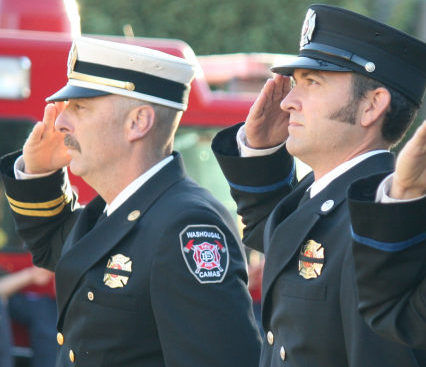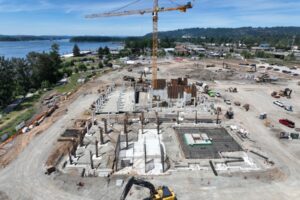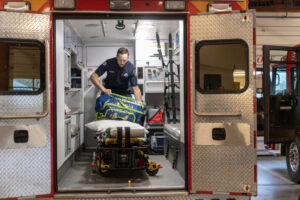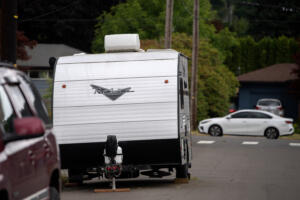A local firefighter-paramedic is assisting with hurricane disaster relief efforts in Texas this week.
Mark Widlund, a member of the Camas-Washougal Fire Department for the past 14 years, deployed on Saturday, Aug. 26, and joined a team of 65 other medical professionals as part of the federal government’s National Disaster Medical System.





